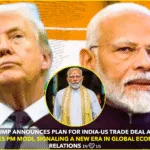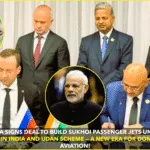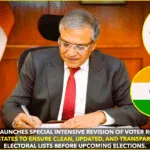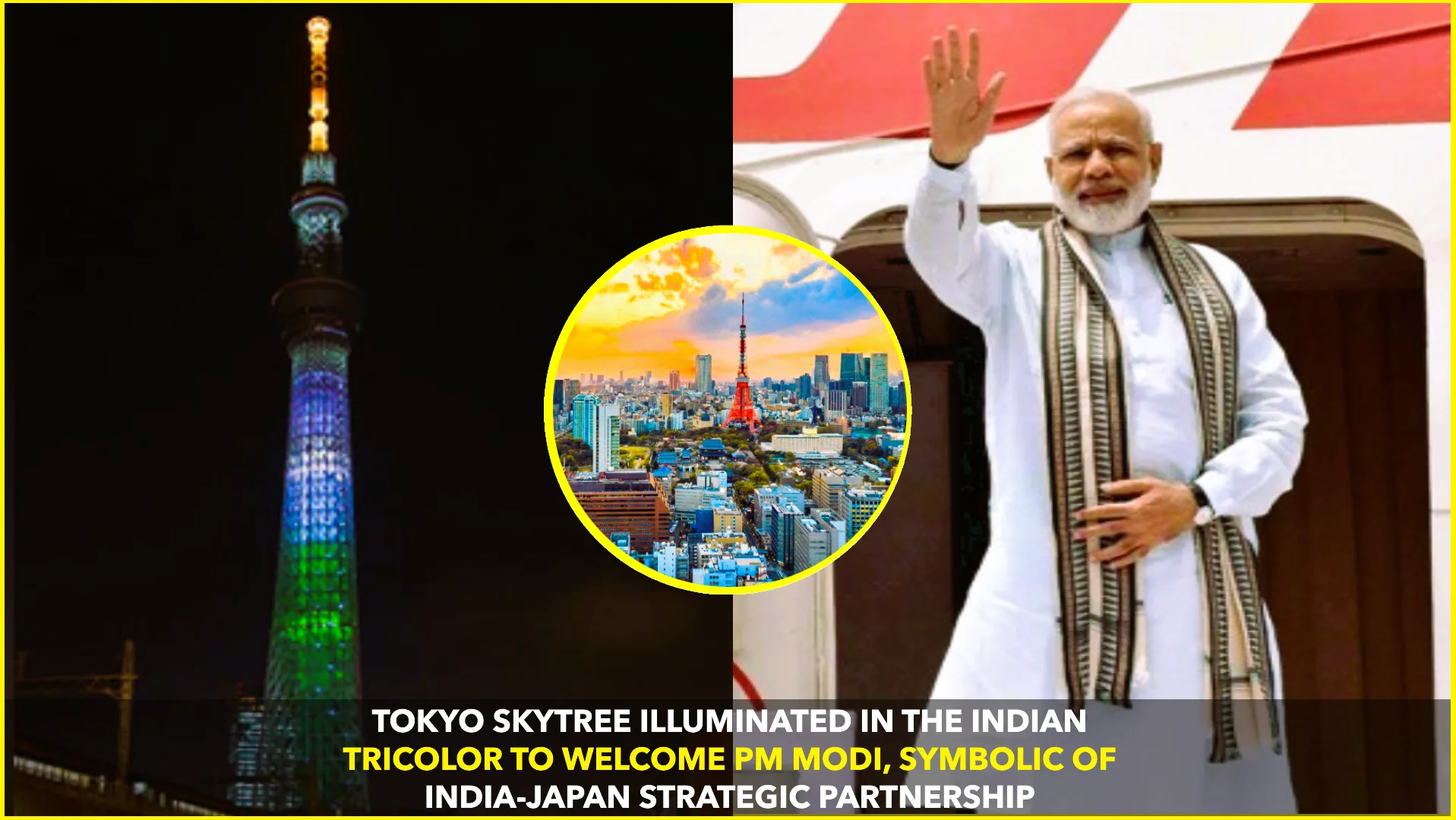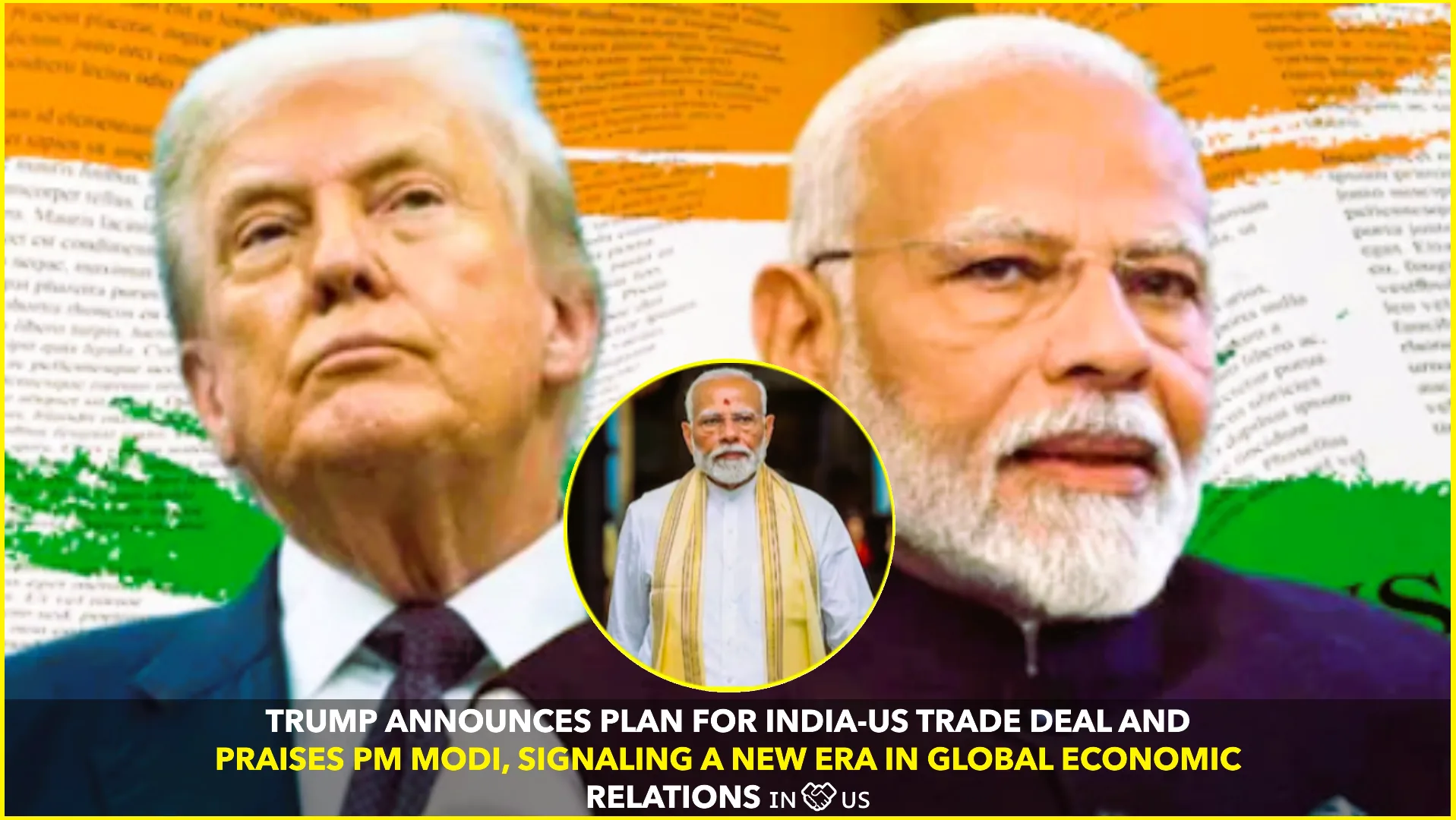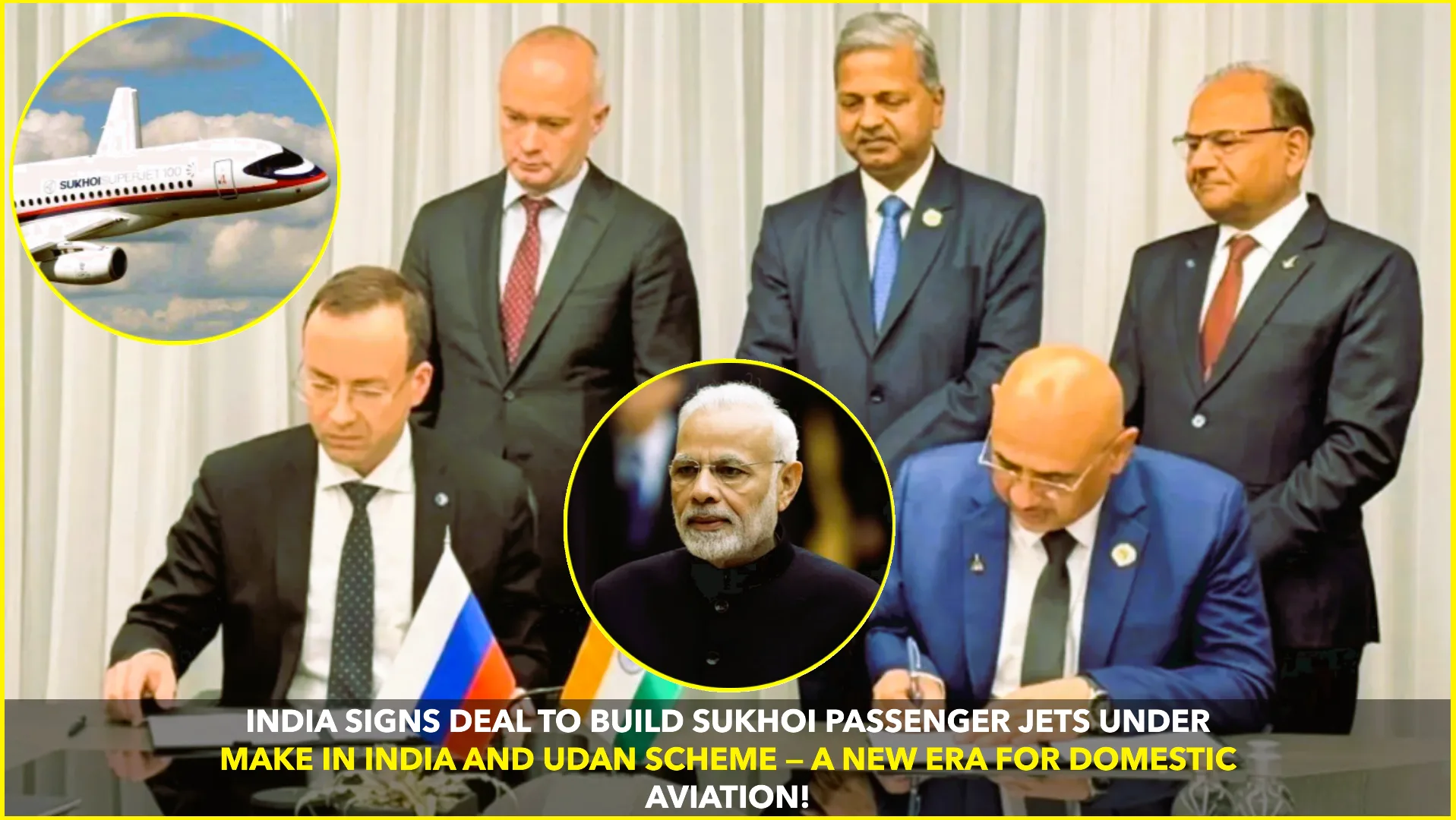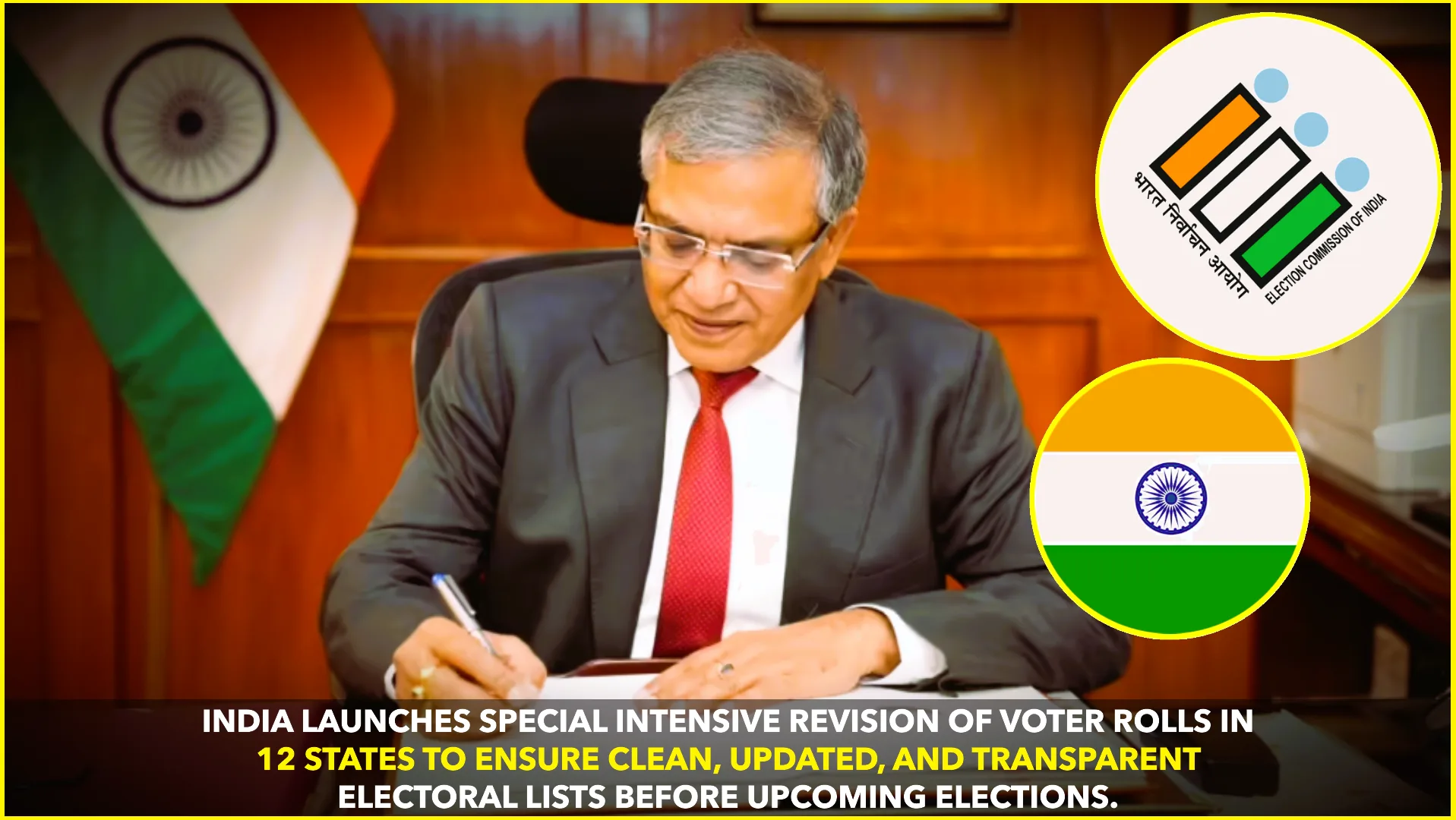During Prime Minister Narendra Modi’s two-day visit to Japan from August 29 to 30, 2025, an eye-catching gesture marked the deepening ties between the two countries. Tokyo’s iconic Skytree – Japan’s tallest structure standing 634 meters high – was illuminated in the vibrant saffron, white, and green of the Indian flag. The visual spectacle served as a warm and symbolic welcome, underscoring the strength of India–Japan friendship and the evolving strategic partnership.
Located prominently in Tokyo’s skyline, the Skytree is not just a broadcasting tower—it’s a cultural and technological symbol. Its lighting in the Indian national colours honoured the first leg of PM Modi’s official trip, signalling Japan’s respect and enthusiasm for the bilateral relationship. The lighting was shared on social media, with India’s Ministry of External Affairs spokesperson Randhir Jaiswal tweeting (via X) that “Tokyo Skytree shines in the colours of the Indian flag to honour PM @narendramodi’s visit… It stands as the tallest tower in Japan” PratidinThe Tribune.
This gesture resonated beyond symbolism—it mirrored the broader agenda of the 15th India-Japan Annual Summit, where leaders from both nations convened to chart a shared blueprint for the next decade. Prime Minister Modi and Japanese Prime Minister Shigeru Ishiba formalised a 10-year roadmap designed to deepen cooperation across multiple pillars: investment, trade, technology, defence, and security.
In their discussions, the leaders endorsed a Long-Term Vision Document on Bilateral Relations that sets out ambitious targets:
- Enhanced investment flows between Indian and Japanese companies, including SMEs and start-ups. PM Modi urged Japanese businesses to embrace the motto “Make in India, Make for the World.”
- Strengthened technology partnerships, especially in innovation-led sectors.
- Broader economic security and defence collaboration as both nations reinforce their role in regional stability.
- Joint work on environment and health, focusing on sustainable and resilient development frameworks.
- Expanded mobility and people-to-people exchanges, seeking to deepen cultural and educational links between societies.
PM Modi described the pact as the foundation for a “new golden chapter” in the India-Japan strategic global partnership. He highlighted how the agreement aligns with their shared vision as Asia’s leading democracies and economies, with a shared commitment to regional and global peace and stability.
PM Ishiba reciprocated by expressing the historical and spiritual resonance of the partnership. He pointed out cultural connections tracing back to the 6th century, when Buddhism reached Japan from India—emphasising that the relationship has been built on centuries of mutual influence and shared values The TribunePratidin.
The Skytree lighting came at the very beginning of the summit and served as both a symbolic gesture and a visual affirmation of the two nations’ shared future. It was a highly photogenic moment, widely circulated across media platforms, capturing imaginations in both India and Japan.
Analysts say that this visual tribute is emblematic of how soft power and symbolism increasingly accompany diplomatic engagements today. By illuminating one of Tokyo’s most recognizable landmarks in Indian colours, Japan not only welcomed its guest but also sent a clear message: that India–Japan ties are no longer regional, but global in scope.
As both Prime Ministers steered strategic talks, they reaffirmed membership in broader frameworks such as the Quad (comprising India, Japan, the United States, and Australia), emphasizing collaboration in the Indo-Pacific that supports a free, open, and inclusive regional order PratidinThe Tribune.
In all, the gesture of lighting the Tokyo Skytree in India’s tricolor was more than a ceremonial welcome—it was a visual statement of intent. Paired with real policy commitments and long-term planning, it marked a moment when two democracies stood together, signaling a shared vision for innovation, security, and global leadership in the decades ahead.

